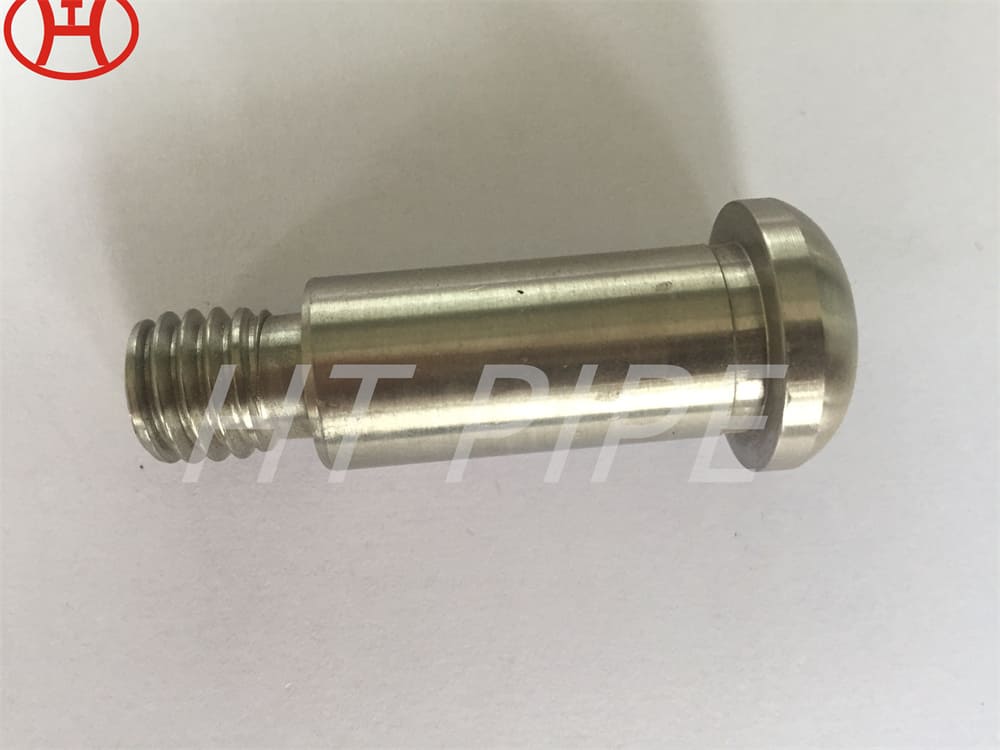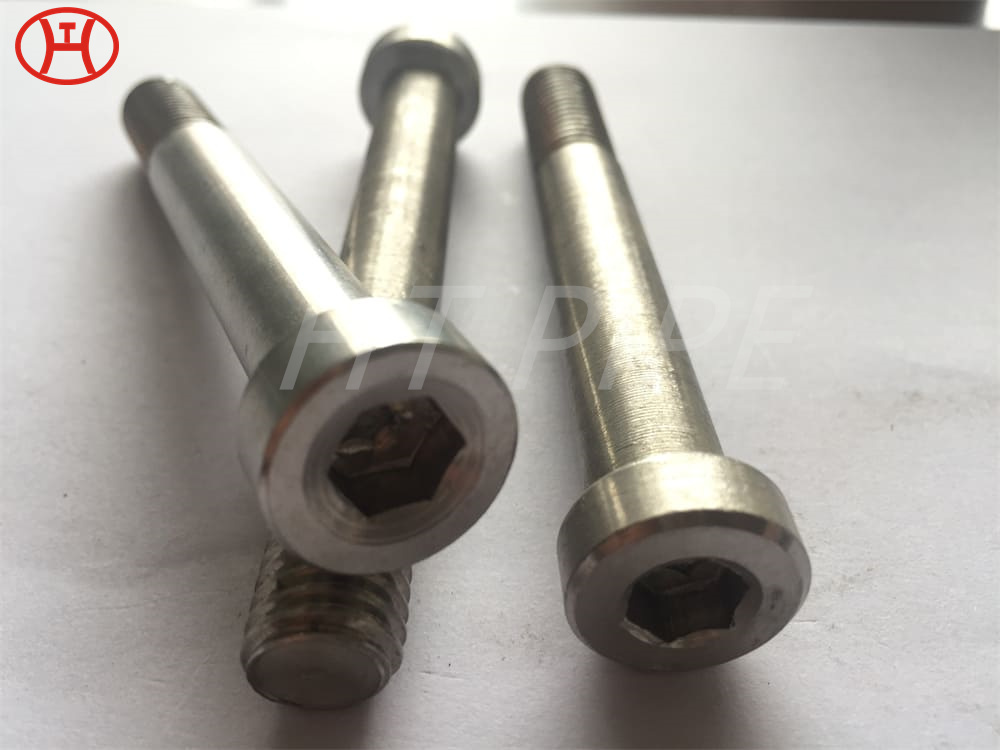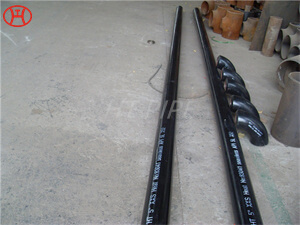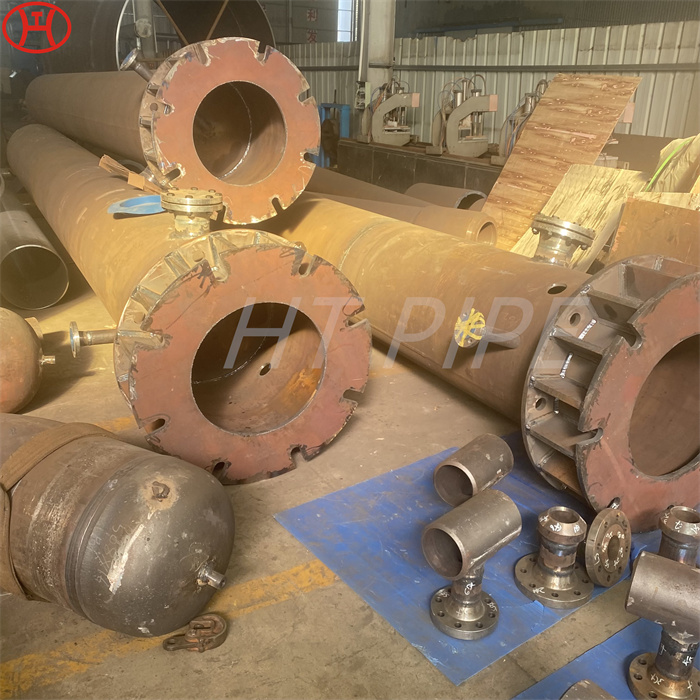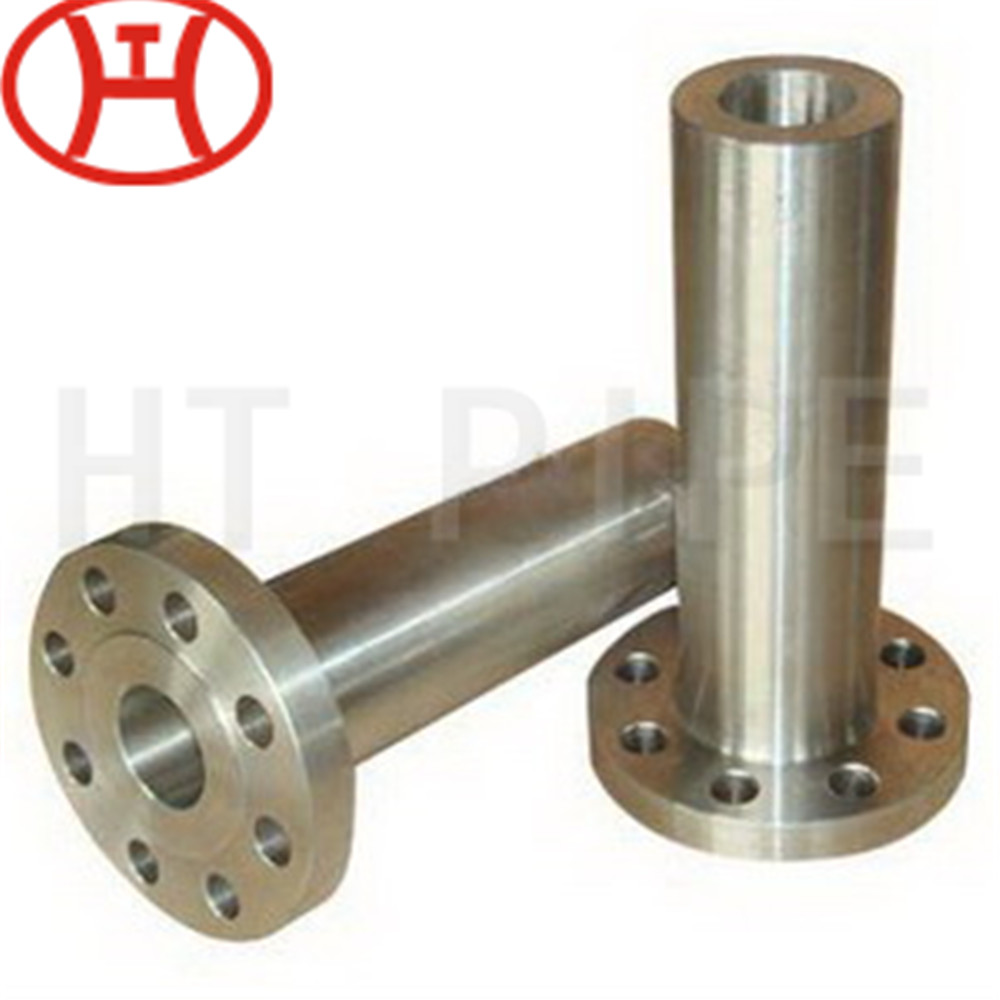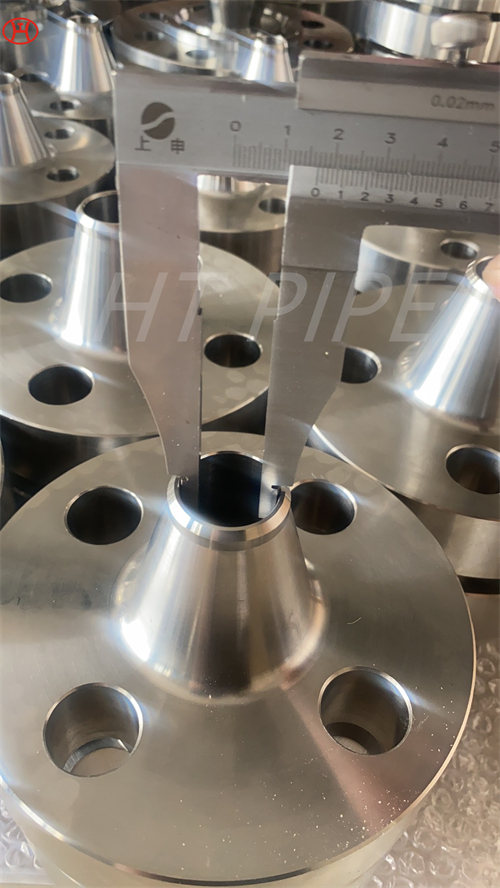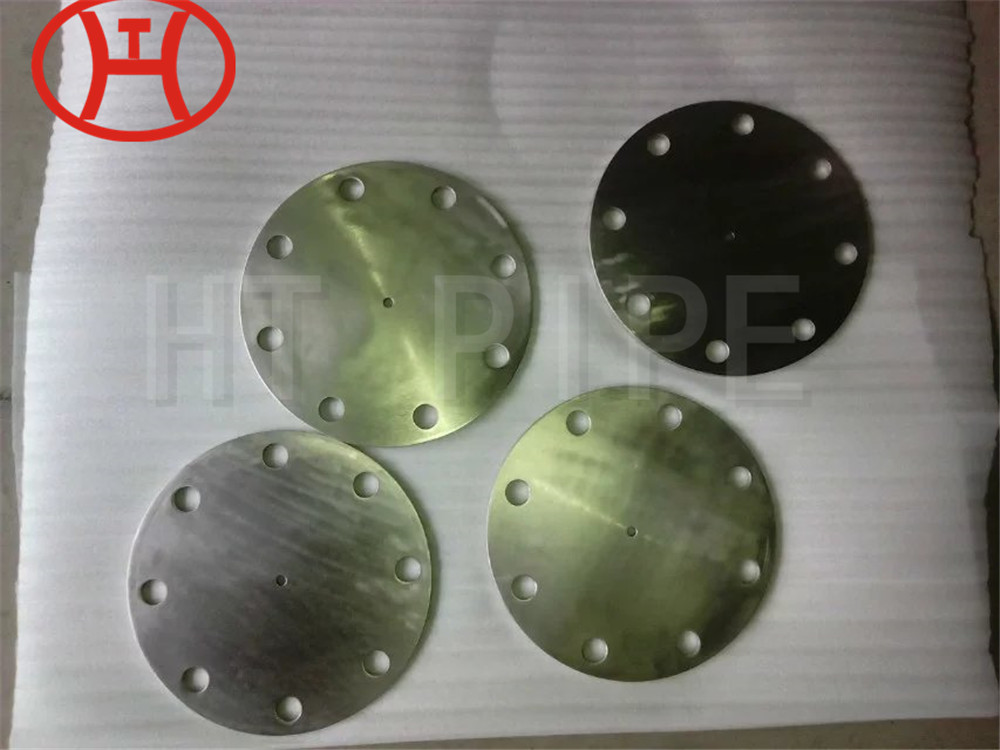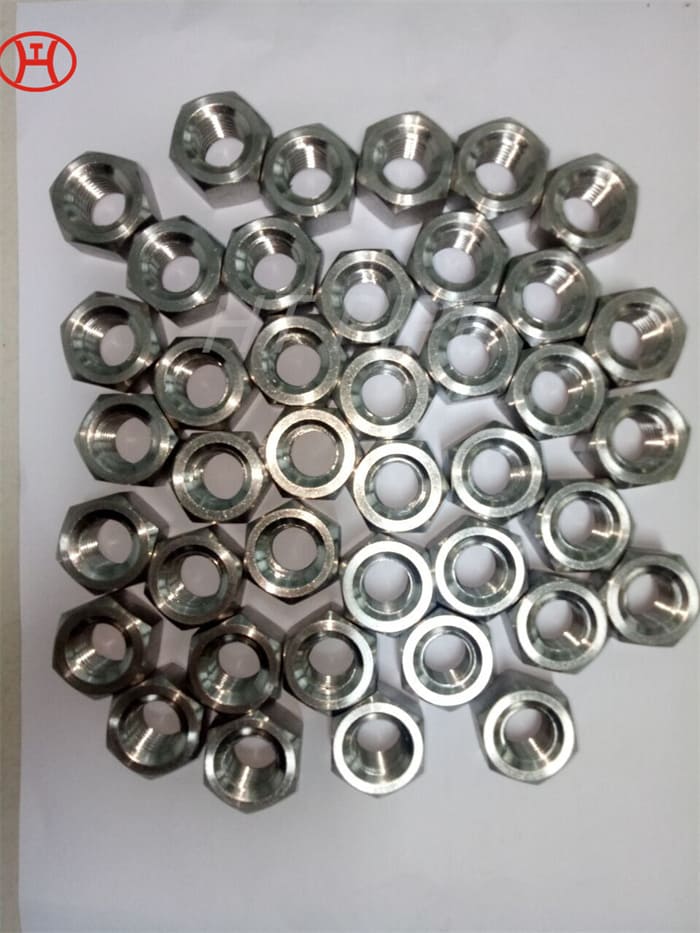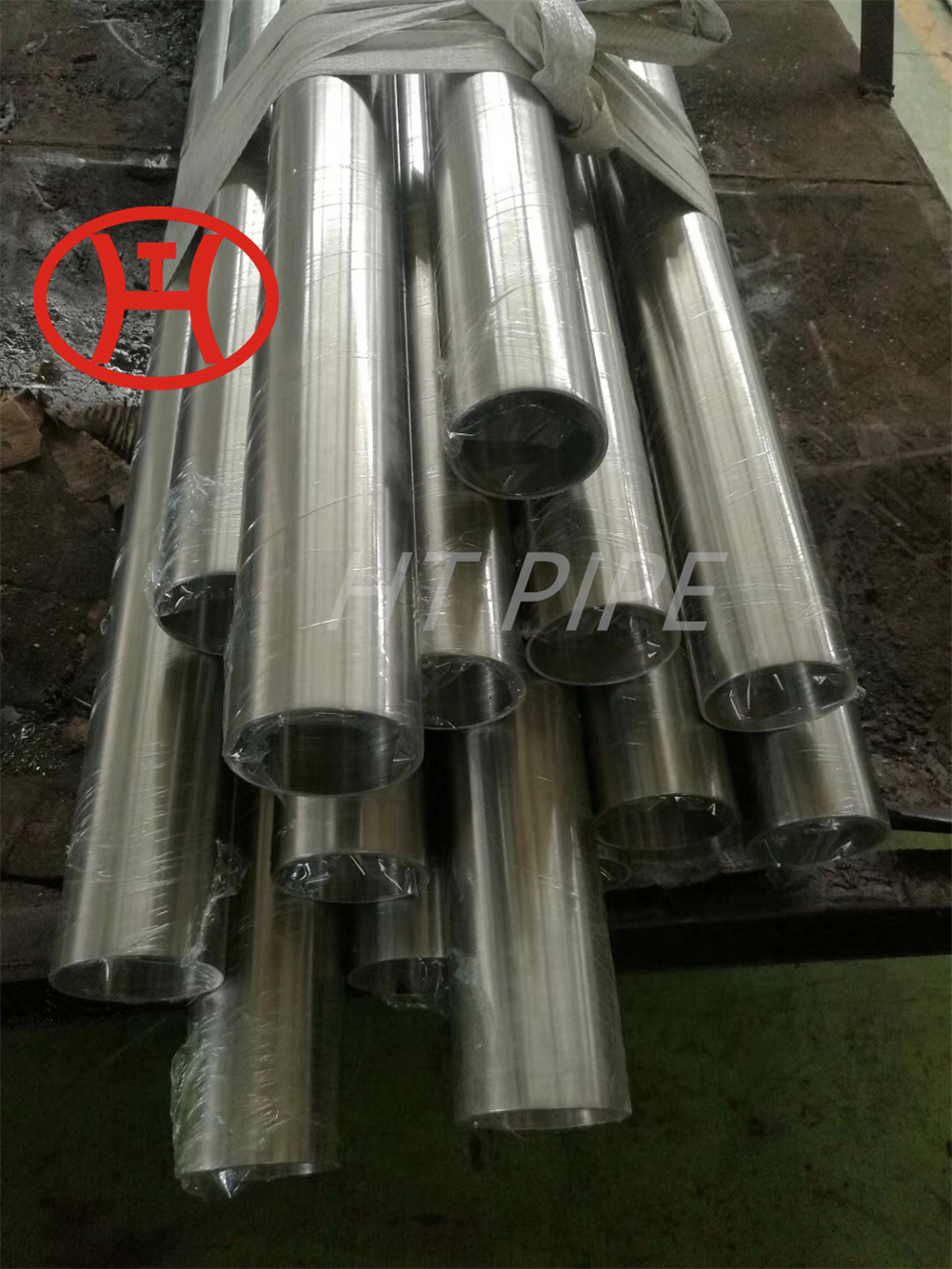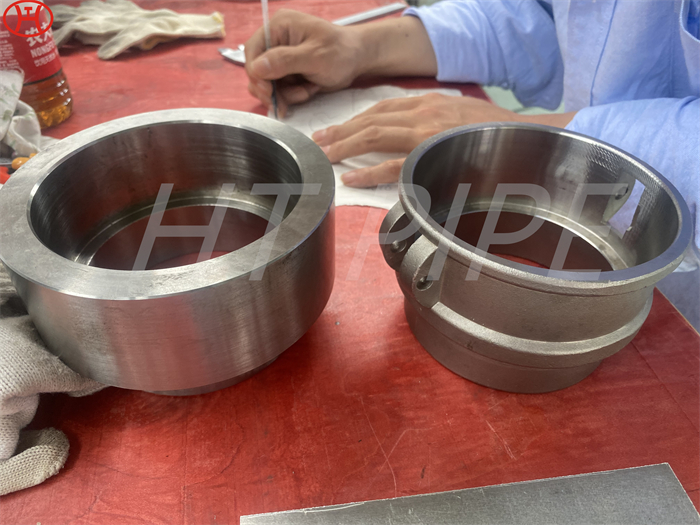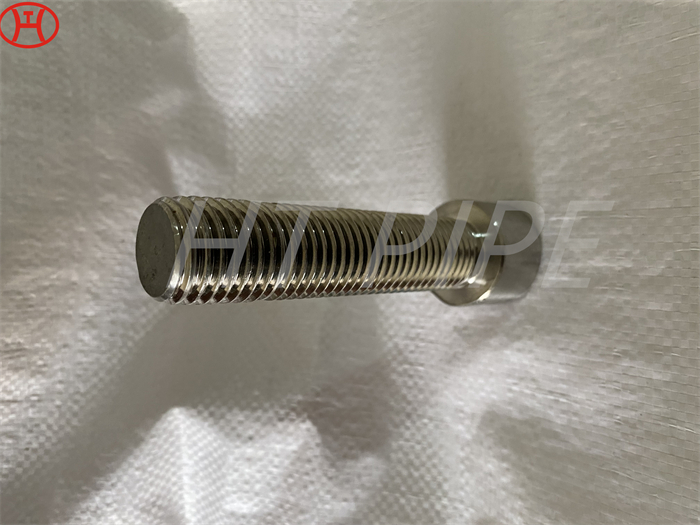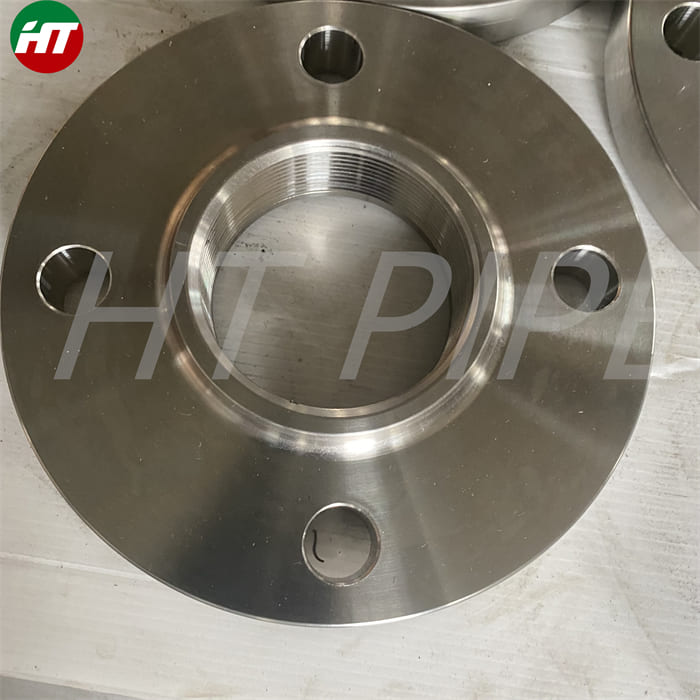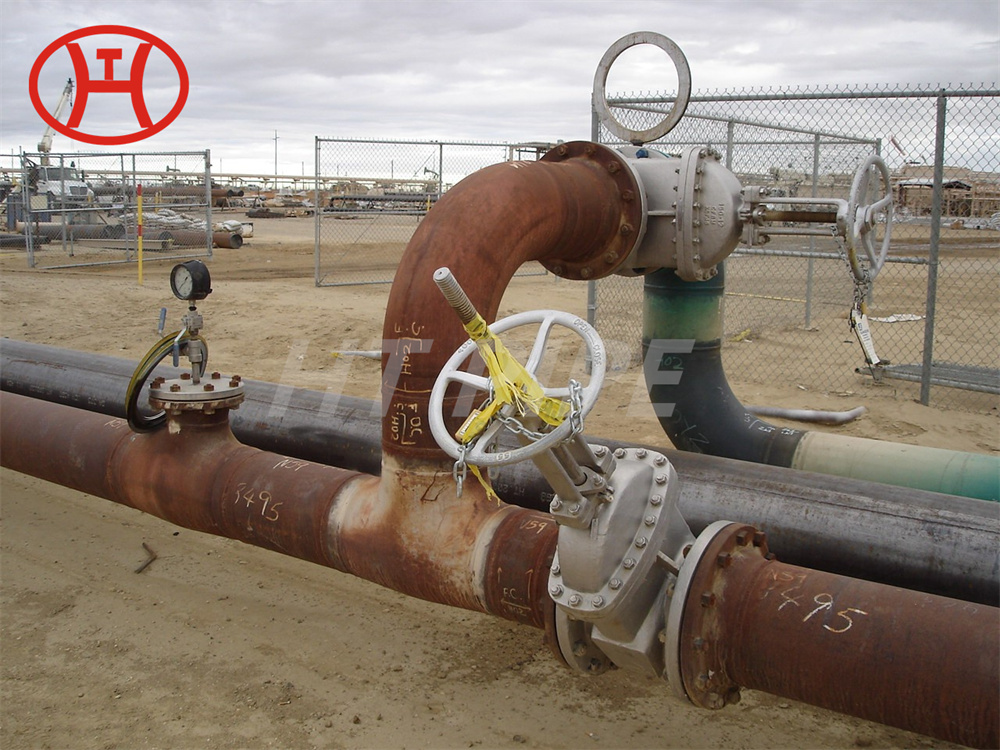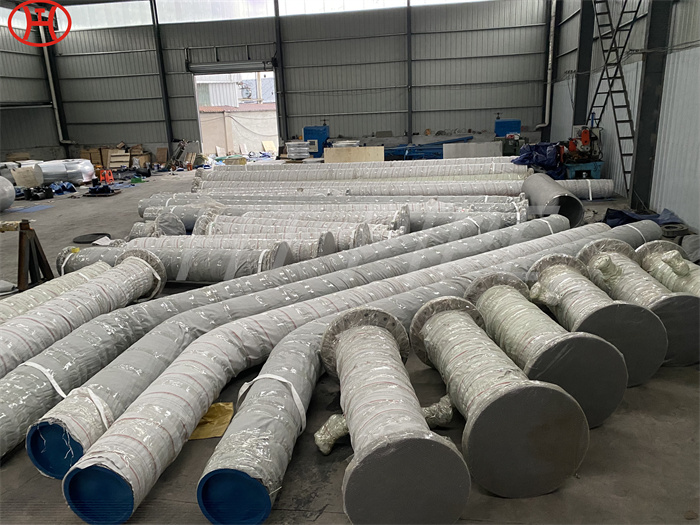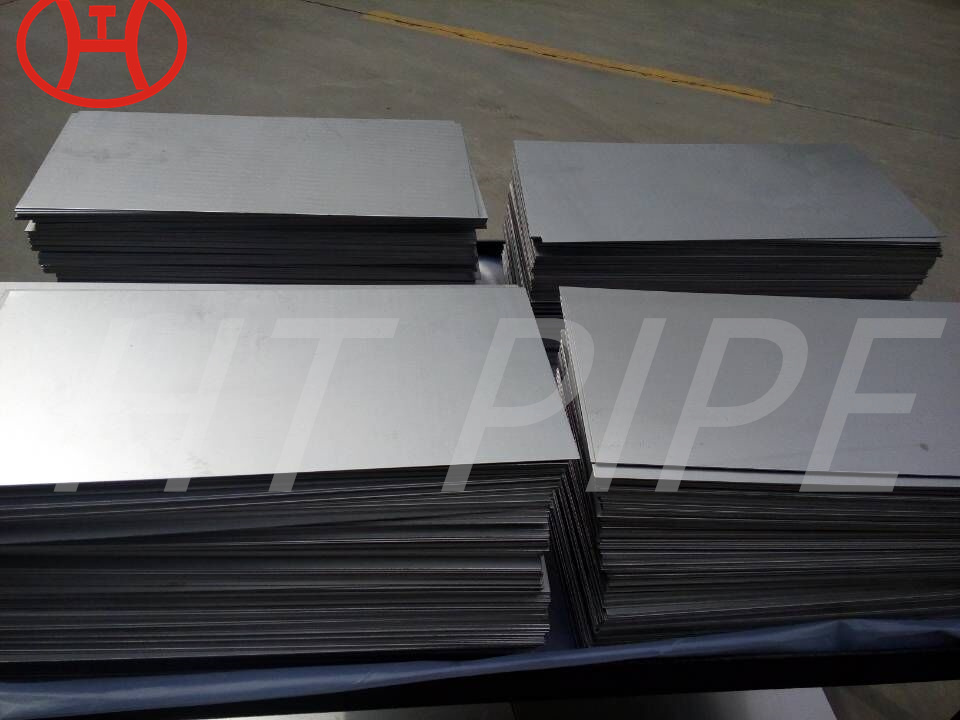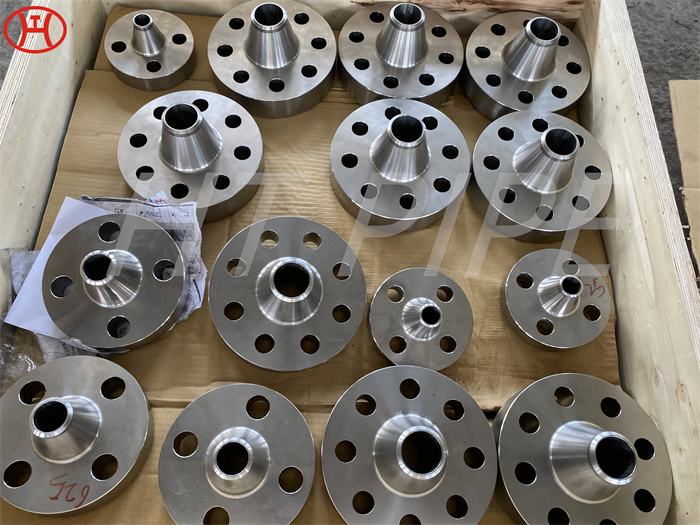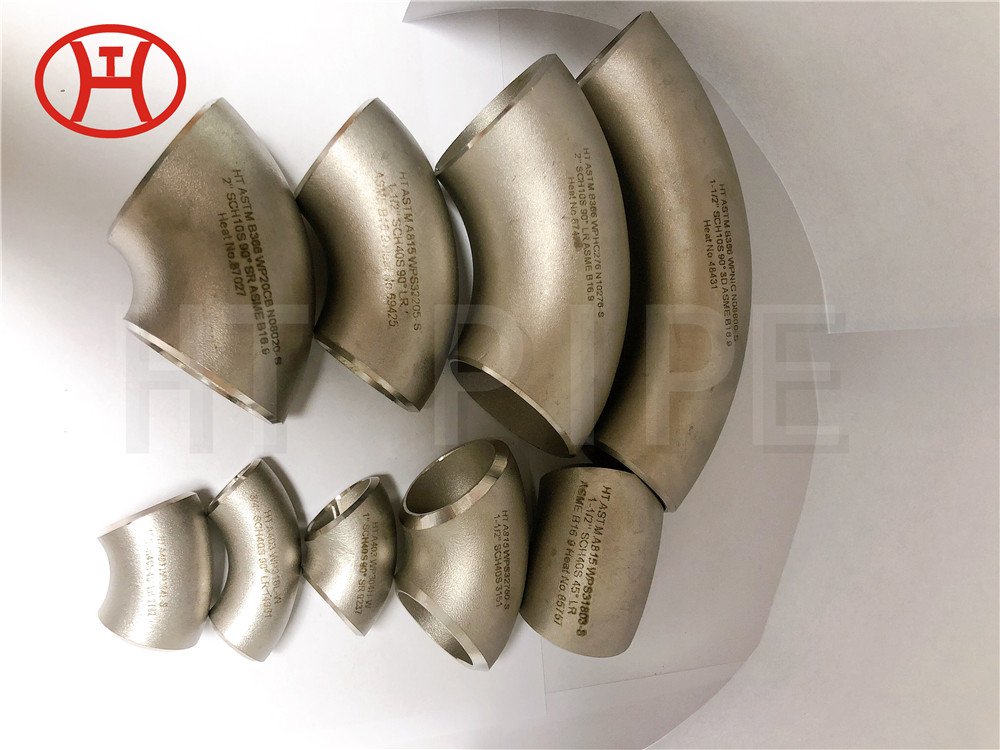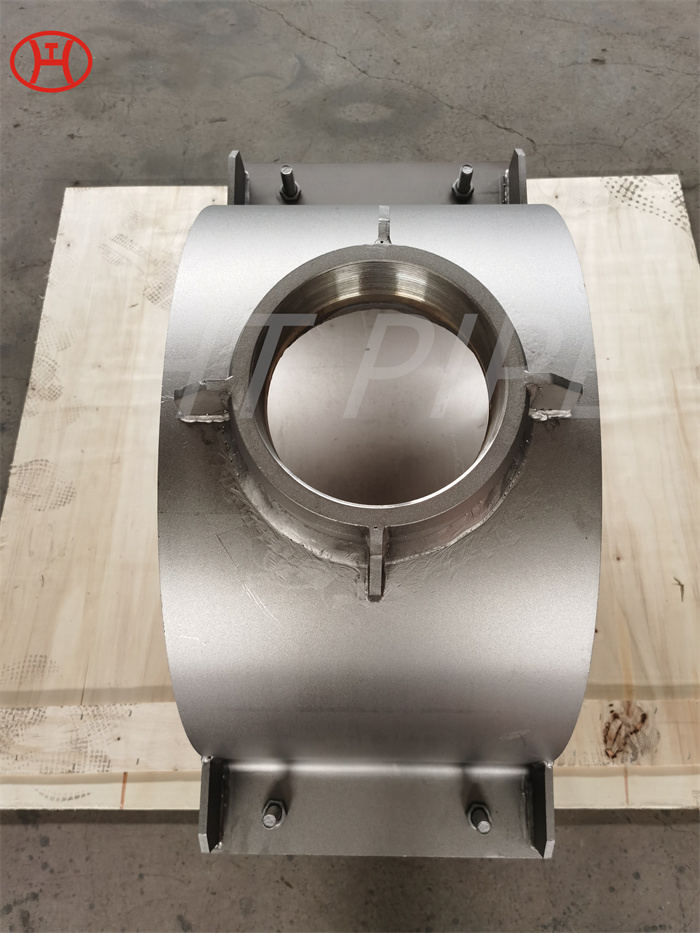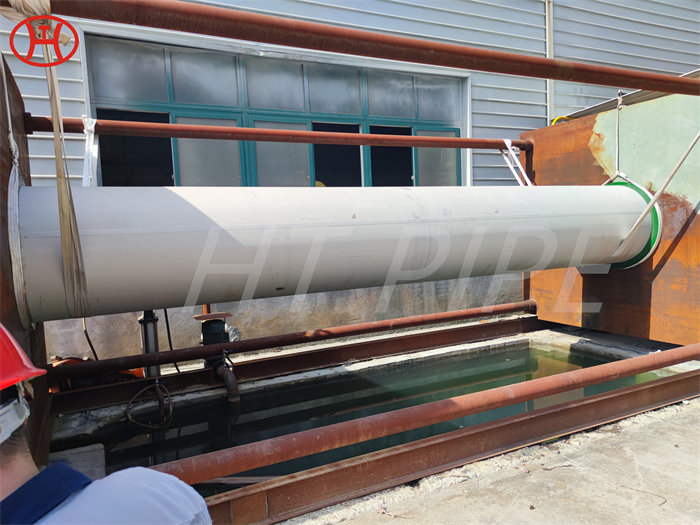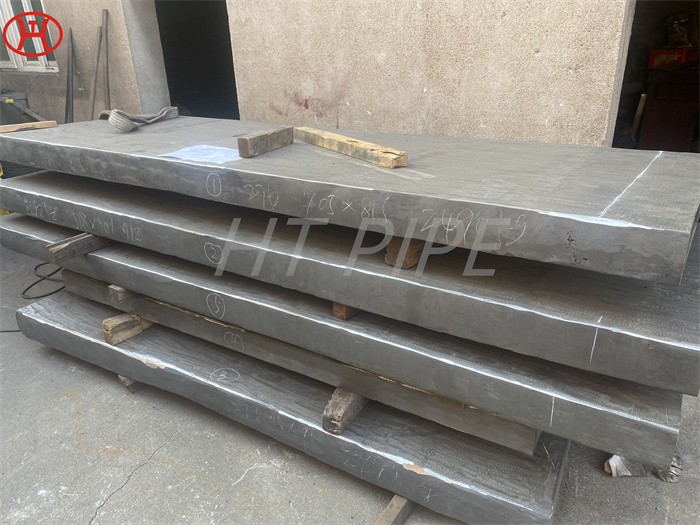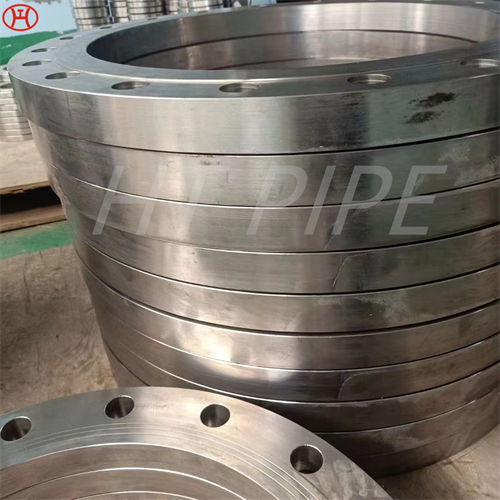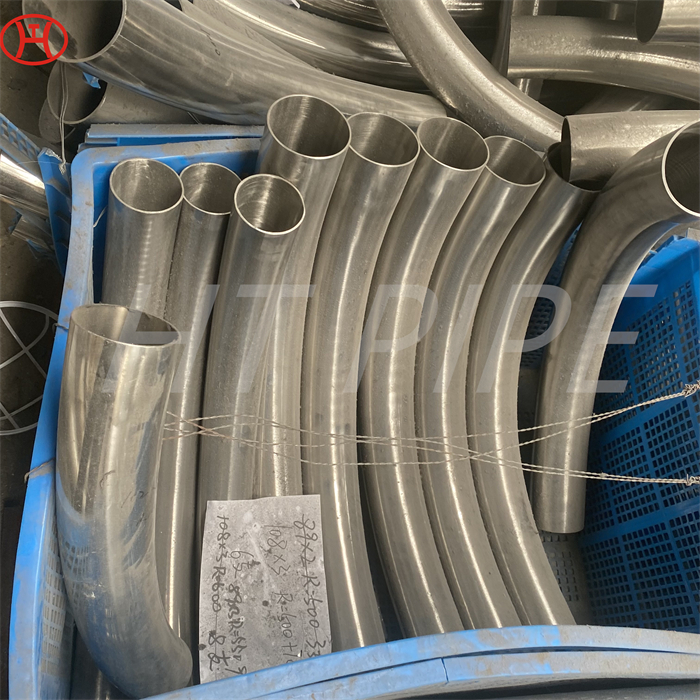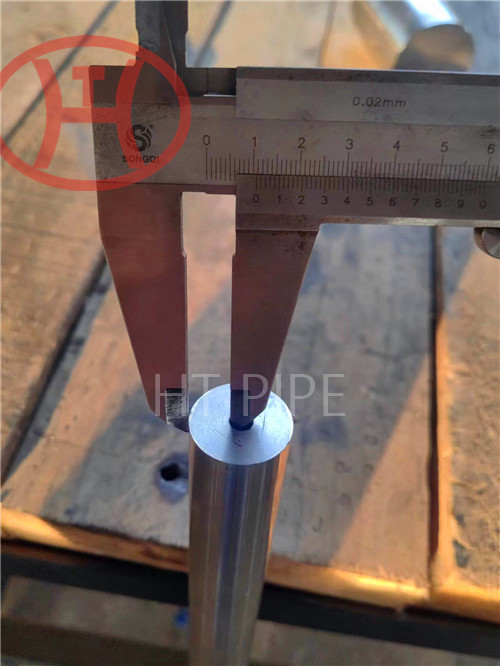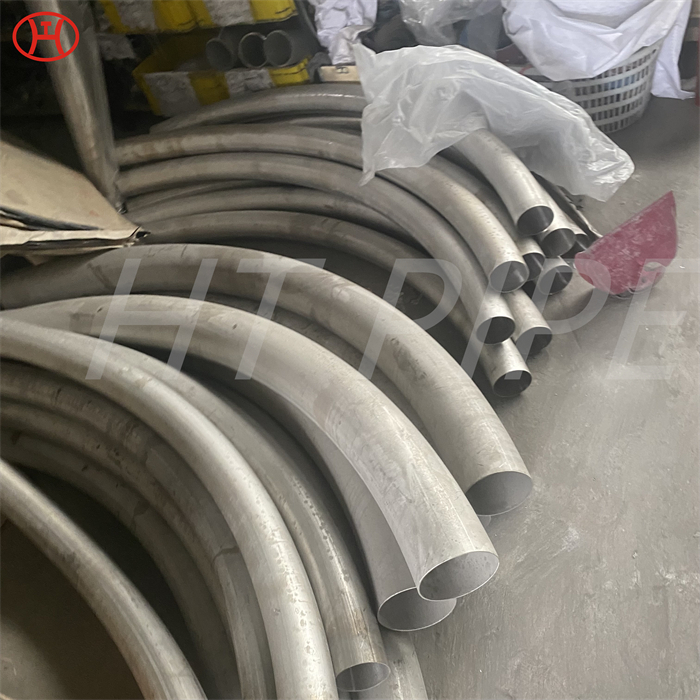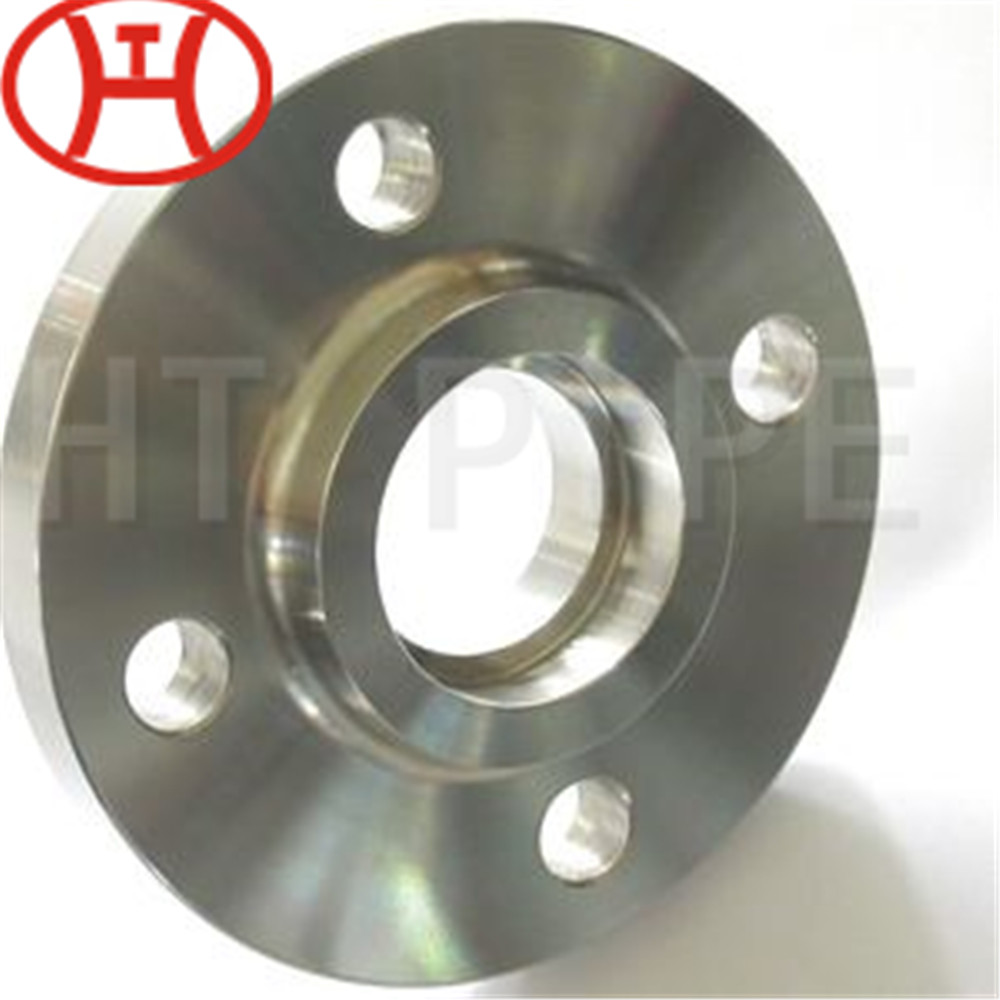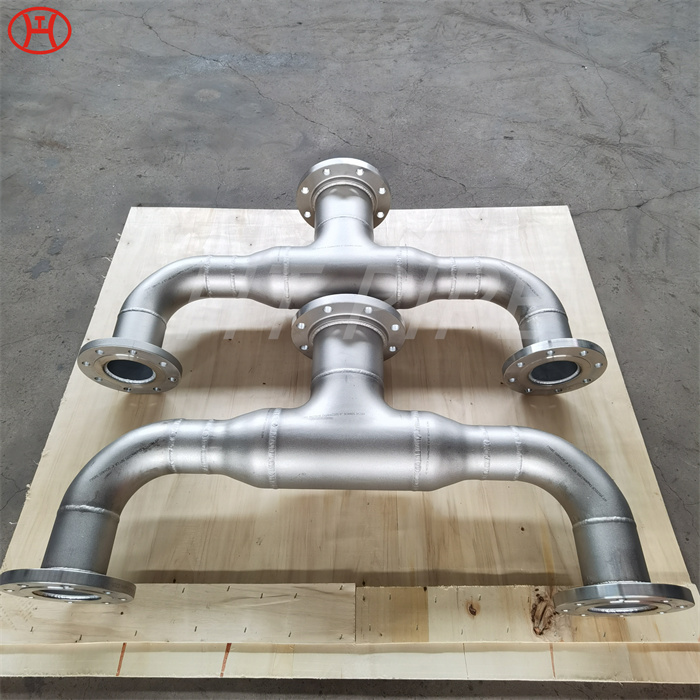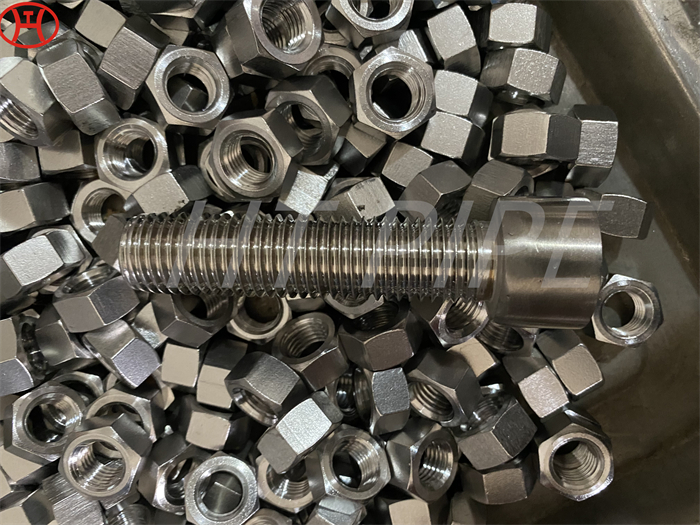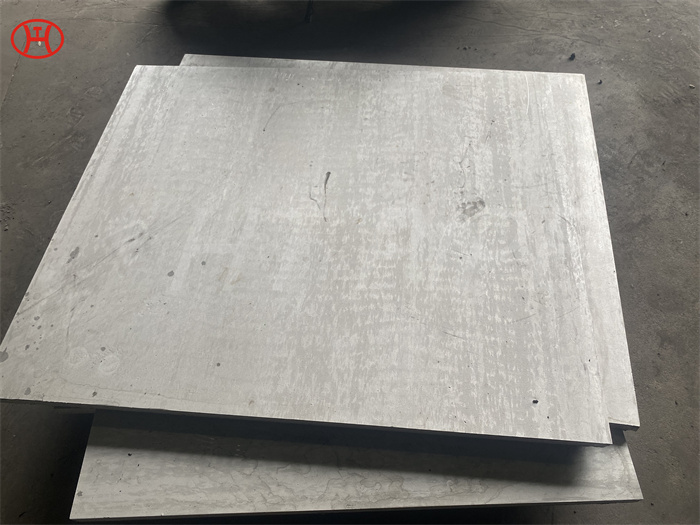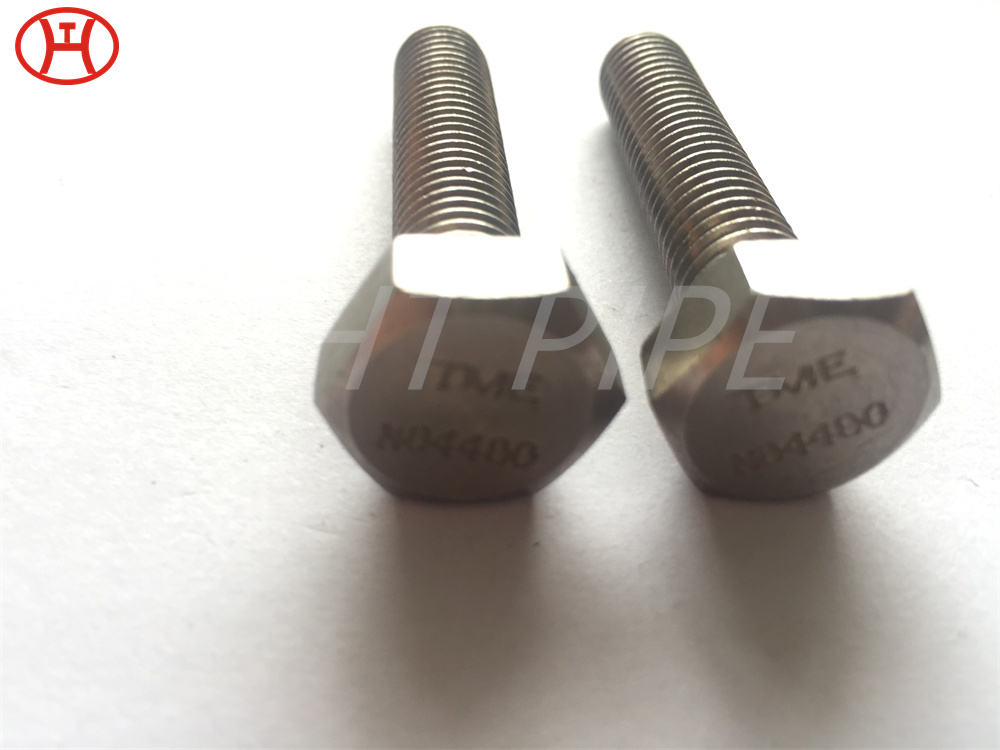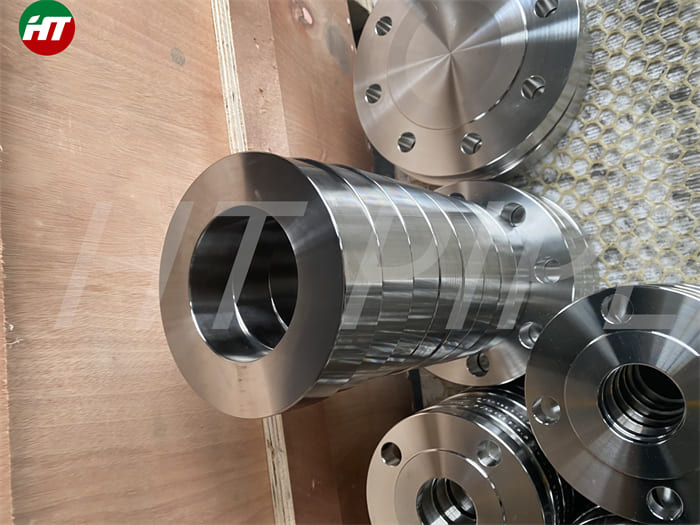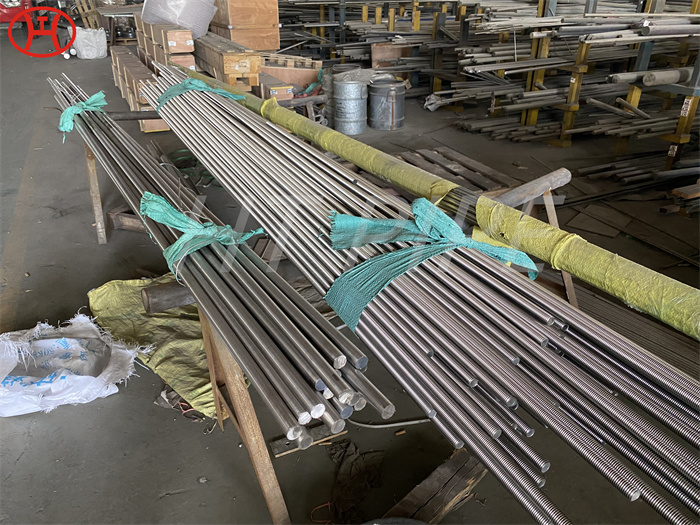
hastelloy c276 round bar excellent corrosion resistance in severe environments
Hastelloy C276 grade round bars also have good corrosion resistance in seawater and brine solutions. They are also known for their resistance to localized corrosion such as stress-related corrosion cracking and pitting.
C276 Hastelloy Round Bars are used in different industries in various industries. Our 2.4819 Hastelloy C276 rod is very popular in a variety of applications in the multipurpose field. Hastelloy C276 grade round bars are also used in FGD systems. Hastelloy C276 alloy hollow bars also show great resistance when it comes to different chemical environments. It is suitable for organic and inorganic thermal pollution media.
Hastelloy C276, also known as Alloy C276 or UNS N10276 is an austenitic grade alloy. The chemical composition of this alloy includes elements such as nickel, molybdenum and chromium as its main alloying materials, with a small amount of tungsten added. Not only is it encountered in marine transportation and offshore oil rigs, but Hastelloy C-276 round bar is also used as a coolant in coastal installations. Performance of HASTELLOY Alloy C-276 round bar in rigorous intergranular corrosion susceptibility testing.















































































































